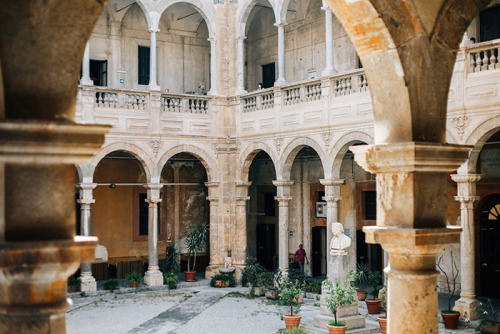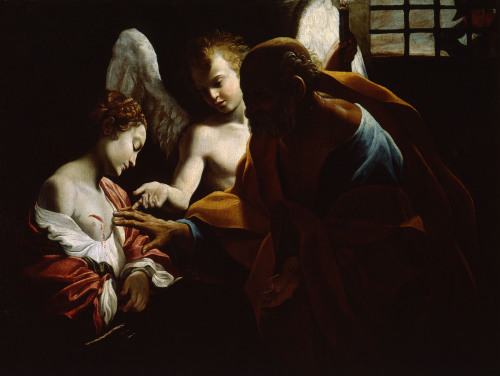#province of catania
February 5th 251 aD - Martyrdom of Saint Agatha of Catania
The traveller Blunt, during a stay in Italy in the beginning of this century, was struck with the many points which modern saints and ancient gods have in common. He gives a description of the festival of St Agatha at Catania, of which he was an eye-witness, and which to this day, as I have been told, continues little changed. The festival, as Blunt describes it, opened with a horse-race, which he knew from Ovid was one of the spectacles of the festival of the goddess Ceres; and further he witnessed a mummery and the carrying about of huge torches, both of which he also knew formed part of the old pagan festival.But more remarkable than this was a great procession which began in the evening and lasted into the night; hundreds of citizens crowded to draw through the town a ponderous car, on which were placed the image of the saint and her relics, which the priests exhibited to the ringing of bells. Among these relics were the veil of Agatha, to which is ascribed the power of staying the eruption of Mount Aetna, and the breasts of the saint, which were torn off during her martyrdom.Catania, Blunt knew, had always been famous for the worship of Ceres, and the ringing of bells and a veil were marked features of her festivals, the greater and the lesser Eleusinia. Menzel tells us that huge breasts were carried about on the occasion. Further, Blunt heard that two festivals took place yearly in Catania in honour of Agatha; one early in the spring, the other in the autumn, exactly corresponding to the time when the greater and lesser Eleusinia were celebrated. Even the name Agatha seemed but a taking over into the new religion of a name sacred to the old. Ceres was popularly addressed as Bona Dea, and the name Agatha, which does not occur as a proper name during ancient times, seemed but a translation of the Latin epithet into Greek.
The legend of Agatha as contained in the Acta Sanctorum places her existence in the third century and gives full details concerning her parentage, her trials and her martyrdom; but I have not been able to ascertain when it was written. Agatha is the chief saint of the district all about Catania, and we are told that her fame penetrated at an early date into Italy and Greece.
It is of course impossible actually to disprove the existence of a Christian maiden Agatha in Catania in the third century.Some may incline to the view that such a maiden did exist, and that a strange likeness between her experiences and name on the one hand, and the cult of and epithet applied to Ceres on the other, led to the popular worship of her instead of the ancient goddess. The question of her existence as a Christian maiden during Christian times can only be answered by a balance of probabilities. Our opinion of the truth or falsehood of the traditions concerning her rests on inference, and the conclusion at which we arrive upon the evidence must largely depend on the attitude of mind in which we approach the subject.
The late Professor Robertson Smith has insisted that myths are latter-day inventions which profess to explain surviving peculiarities of ritual. If this be so, we hold in the Eleusinia a clue to the incidents of the Agatha legend. The story for example of her veil, which remained untouched by the flames when she was burnt, may be a popular myth which tries to account for the presence of the veil at the festival. The incident of the breasts torn off during martyrdom was invented to account for the presence of these strange symbols.
Instances of this kind could be indefinitely multiplied. Let the reader, who wishes to pursue the subject on classic soil, examine the name, the legend and the emblem of St Agnes, virgin martyr of Rome, who is reputed to have lived in the third century and whose cult is well established in the fourth; let him enquire into the name, legend and associations of St Rosalia of Palermo, invoked as a protectress from the plague, of whom no mention occurs till four centuries after her reputed existence.
Eckenstein, Lina, Woman under monasticism: chapters on saint-lore and convent life between A.D. 500 and A.D. 1500 (1896), p. 16-18
art: Giovanni Lanfranco, Sant’Agata in carcere (1613-1614)
Post link











